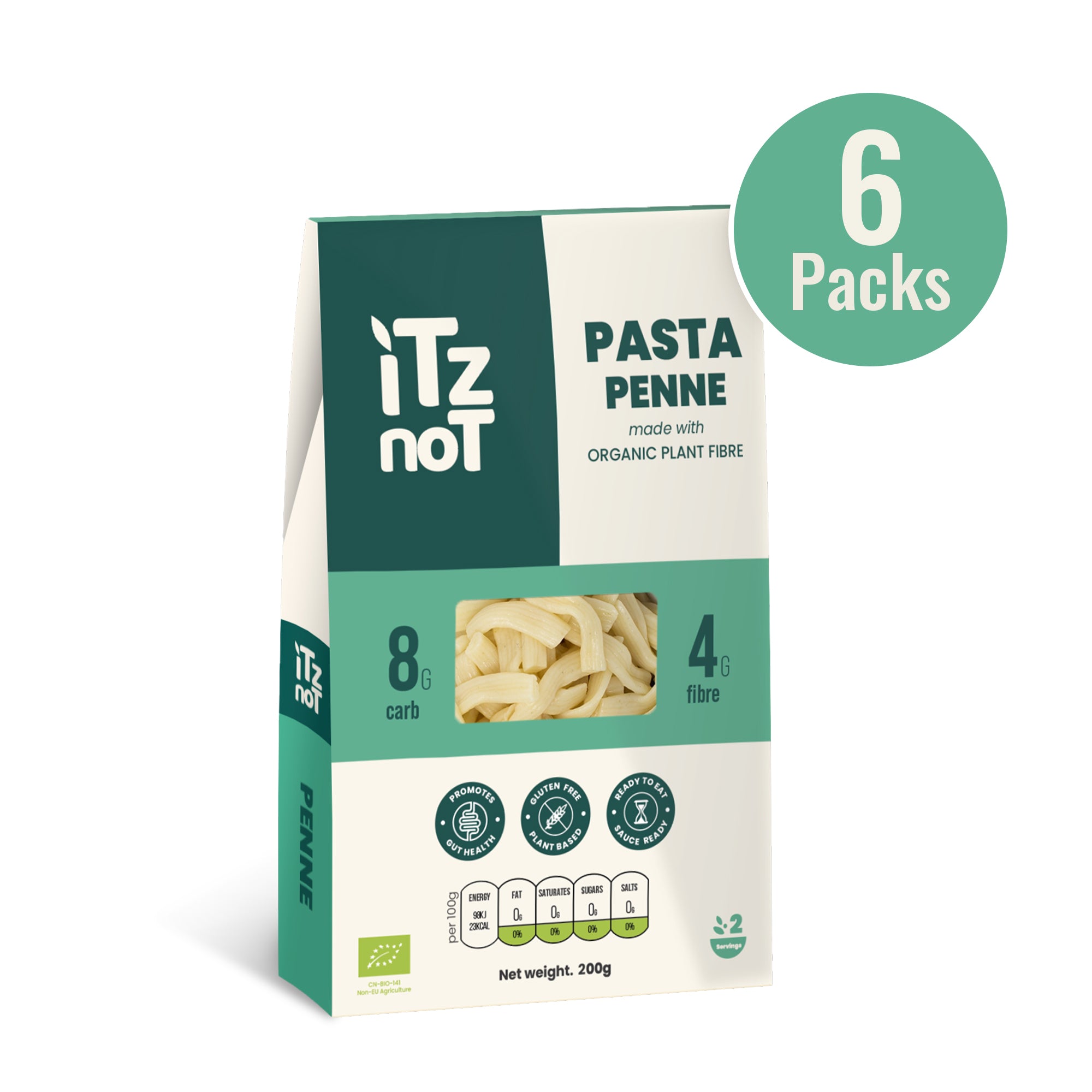
Impact of Environmental Toxins on Children’s Health

Impact of Environmental Toxins on Children’s Health
Children are uniquely vulnerable to the effects of environmental toxins. Their developing bodies and brains are more susceptible to the harmful effects of pollutants. Understanding the impact of these toxins and implementing preventive measures is crucial for safeguarding their health and well-being.
The Invisible Threat: Environmental Toxins
Environmental toxins, or pollutants, are harmful substances present in our air, water, soil, and everyday products. While these toxins can affect anyone, children are particularly vulnerable due to their:
- Rapid Growth and Development: Young bodies are rapidly growing and developing, making them more susceptible to the effects of toxins.
- Increased Exposure: Children often crawl, play, and put objects in their mouths, increasing their exposure to contaminants.
- Developing Immune System: Children's immune systems are still maturing, making them more vulnerable to the harmful effects of toxins.
Common Environmental Toxins Affecting Children
- Lead: Found in older paint, pipes, and some consumer products, lead can cause developmental delays, learning disabilities, and behavioral problems.
- Pesticides: Widely used in agriculture and gardening, pesticides can be harmful when ingested or absorbed through the skin.
- Air Pollution: Outdoor and indoor air pollution can contribute to respiratory problems, asthma, and allergies.
- Chemicals in Everyday Products: Phthalates, BPA, and other chemicals found in plastics, toys, and personal care products can disrupt hormone function and development.
The Developing Brain: A Prime Target
The brain is especially vulnerable during early childhood development. Exposure to certain toxins, such as lead, mercury, and pesticides, has been linked to Lower IQ, Behavioral problems and Neurodevelopmental disorders
The Role of Genetics and Epigenetics
While genetics play a role in susceptibility to environmental toxins, epigenetics - the study of how environmental factors influence gene expression - highlights the importance of early-life exposures. Certain toxins can "turn on" or "turn off" genes, leading to long-term health consequences.
Protecting Your Child from Environmental Toxins
While eliminating all exposure to toxins is impossible, you can take steps to minimize your child's risk:
- Choose Non-Toxic Products: Opt for natural and organic cleaning products, personal care items, and children's toys.
- Proper Ventilation: Ensure good indoor air quality by regularly ventilating your home.
- Handwashing: Teach your children the importance of thorough handwashing to prevent the spread of germs.
- Healthy Diet: A balanced diet rich in fruits, vegetables, and whole grains can help support the body's natural detoxification processes.
- Regular Check-ups: Schedule regular check-ups with your child's pediatrician to monitor their development and address any concerns.

Advocating for a Healthier Environment
Beyond protecting your own child, you can contribute to creating a healthier environment for all children:
- Support Legislation: Advocate for stricter regulations on toxic chemicals and pollutants.
- Educate Others: Spread awareness about the dangers of environmental toxins and encourage others to take action.
- Reduce Your Own Footprint: Make eco-friendly choices in your daily life to minimize your contribution to pollution.
Conclusion
Protecting our children from environmental toxins is a shared responsibility. By understanding the risks and taking proactive steps, we can create a healthier and safer environment for future generations. Small changes in our daily lives can have a significant impact on the well-being of our children.

















































